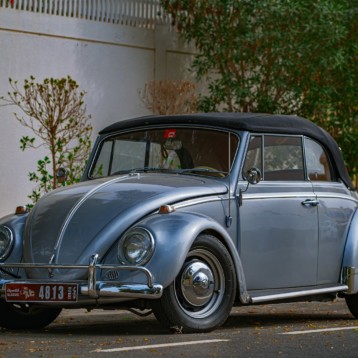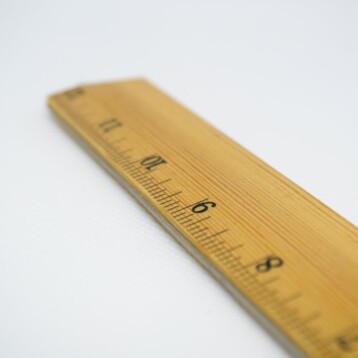Two of the new models, the GZ-HD40 and GZ-HD30, are the world’s first AVCHD / MPEG-2 dual-format camcorders; both offer 1920 x 1080 full HD recording to an internal hard disk drive. The third new model, the GZ-HD10, offers a somewhat lower 1440 x 1080 recording in AVCHD format.
AVCHD employs AVC video codec with inter-frame long GOP compression, and AC-3 or PCM audio codec. A wide range of frame sizes and rates, both interlaced and progressive, is supported. Compared to HDV camcorders based on MPEG-2 codec, AVCHD camcorders achieve higher compression and lower data rates with comparable image quality.
The high resolutions of the new camcorders were achieved thanks to a new CMOS imaging chip with interpolation technology, named the HD Gigabrid Duo chip. The chip includes codecs for AVCHD in all camcorders and for MPEG-2 in the GZ-HD40 and GZ-HD30. Other innovative features include noise reduction technology and 1920 x 1080/60P output for all camcorders, as well as an “intelligent grouping” feature, which sorts and groups together similar themed scenes for easier access. Another interesting feature is digest playback, which creates a video montage of scenes, much like a ” movie trailer ” clip, when they are burned to a DVD.
The new CMOS system uses proprietary interpolation technology based on technology originally developed by JVC for its 3CCD cameras. This algorithm makes it possible to generate virtual pixel data from the red, green and blue physical pixels, thereby providing image information that actually surpasses what is required for 1920 x 1080 full HD imaging.
The GZ-HD30 was developed to meet the needs of a broad segment of people who shoot videos, including family users. As of June 2008, it is the world’s smallest full HD camcorder with 1.8″ HDD; although it is more compact than the GZ-HD40, it has almost all the same specifications, the only difference being the hard disk’s size, which is 80GB rather than 120GB. The third model, the GZ-HD10, has a hard disk capacity of only 40GB because it was designed as a ‘budget’ model. However, it does have a high quality KONICA MINOLTA HD lens.
All three of the new HD Everio camcorders can connect to the optionally available CU-VD50 Everio SHARE STATION with stand-alone playback. Another connectivity option is the JVC CU-VD3 SHARE STATION, which offers a more cost-efficient archiving and playback solution. Both of these solutions offer PC-less AVCHD and MPEG-2 burning and playback capabilities. Other features included in the cameras are Hybrid HDD and MicroSD Recording, Auto Light, Focus Assist, Quick power off, and a 2.8″/ (2.7″ for GZ-HD10) wide LCD display with Auto Backlight Brightness.
TFOT has covered Sony’s HD Videoconferencing Solution, which is the first 1080i high-definition videoconferencing camera, and the Casio EX-F1, which is a new camera capable of capturing up to 60 stills frames per second (fps) and up to 1,200 fps in video recording, making it the fastest consumer camera ever produced. Another related TFOT story is the development of a wireless USB (WUSB) technology for cameras by Artimi.
The published prices for the GZ-GD40, GZ-GD30, and GZ-HD10 are $1,300 USD, $1,000 USD, and $800 USD, respectively. All three models will be available for purchase in August 2008. For more information, see JVC’s press release.









